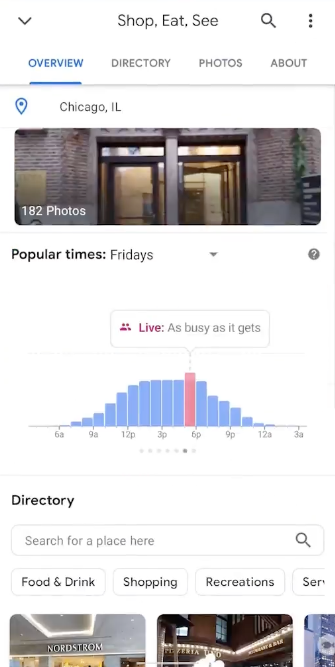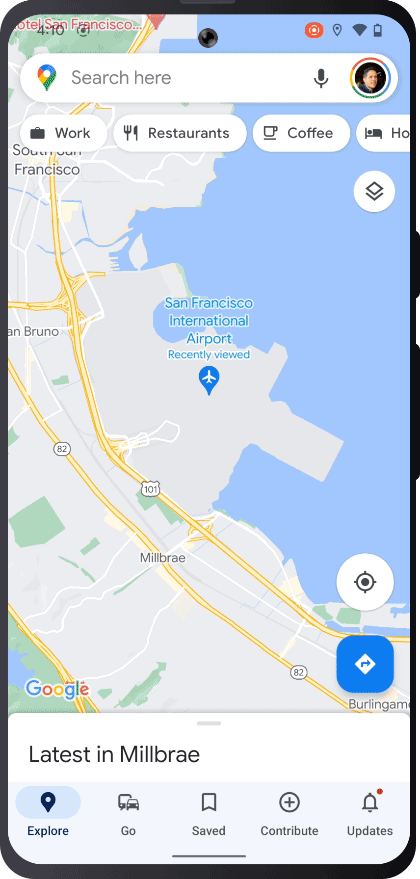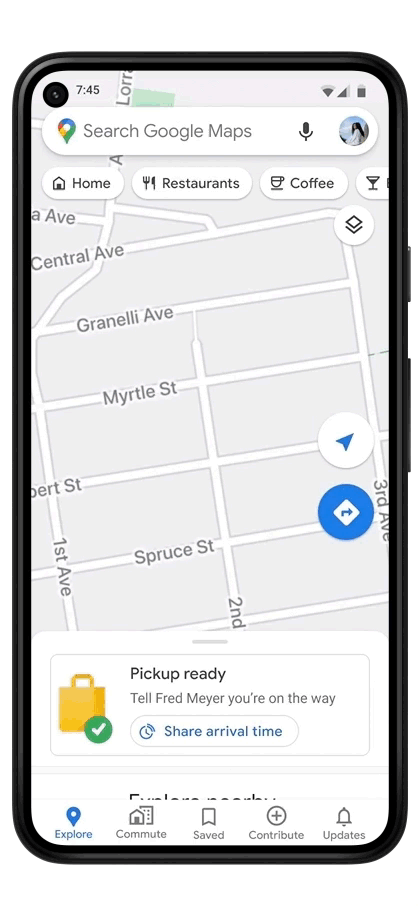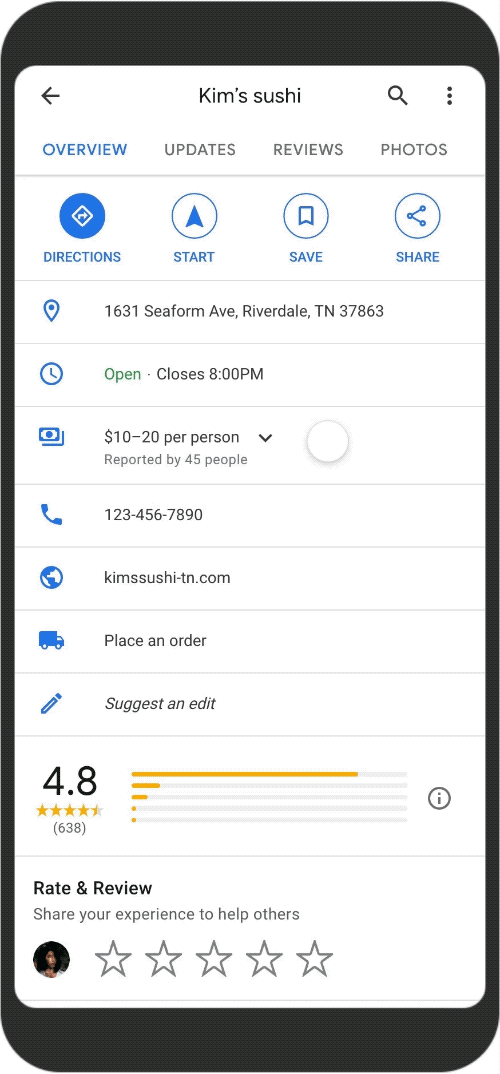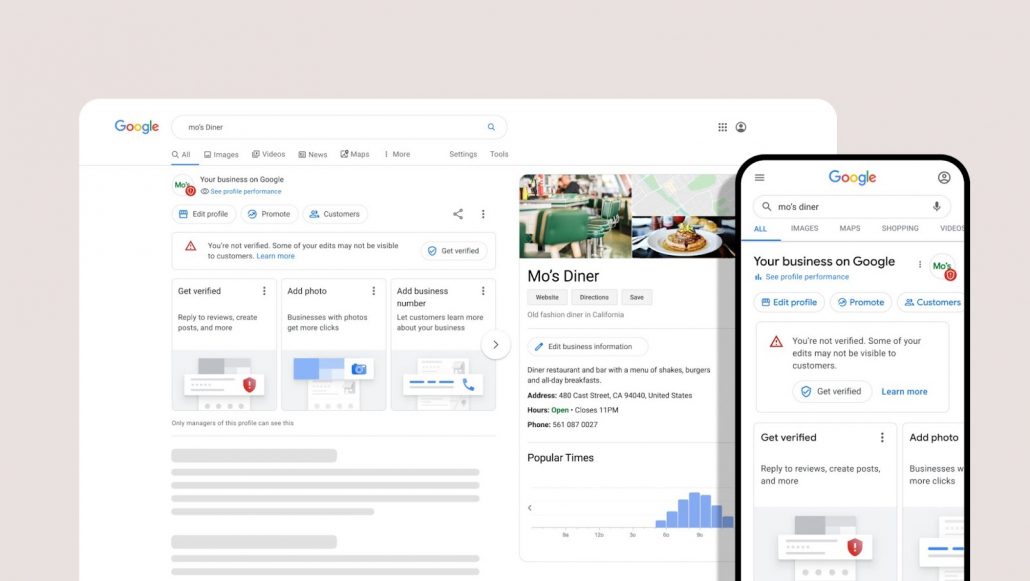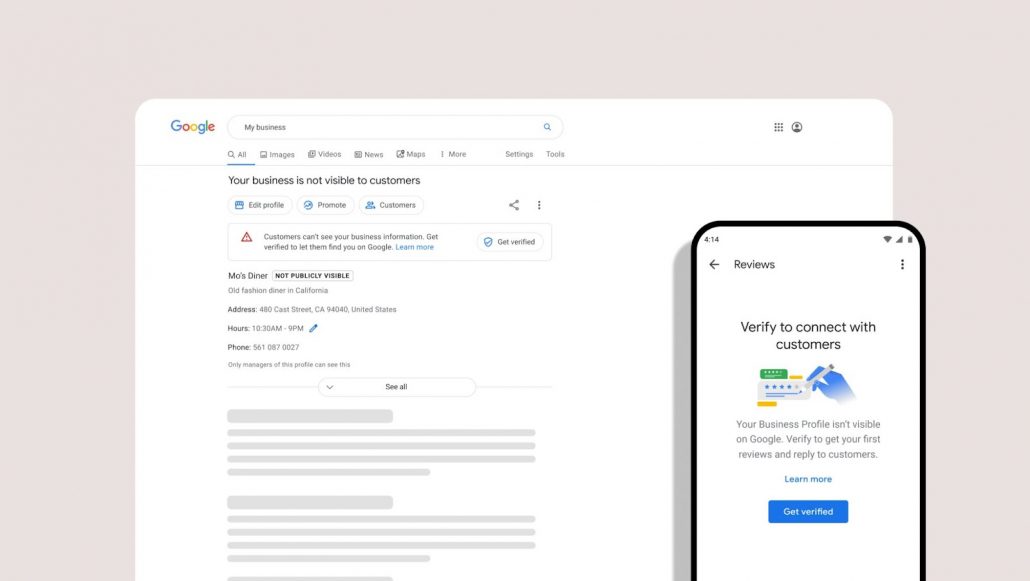Google Business Profiles (formerly called Google My Business) has added a new waiting period for new profile managers or owners when they have been added to an account.
If you try to edit your business listing during this period, users will get an error message alerting them that their access is temporarily suspended.
This new information was discovered in the recently updated help guide for adding or removing profile managers or owners,
A single person – typically the business owner or an executive responsible for a brand’s online presence – can “claim” their Google Business Profiles listing to become the primary user without experiencing the delay.
However, if you then add an employee or marketing agency to manage your listing, they will be required to wait 7 days before they will be granted full access to the account.
As the new help document explains:
When a new owner or manager is added to an existing Business Profile, they must wait for 7 days before they can manage all the features of the profile. During this 7 day period, the new owner or manager gets an error if they try any of the following:
- Delete or undelete a profile.
- Remove other owners or managers from a profile.
- Transfer primary ownership of a profile to themselves or a third user.
- An existing owner or manager tries to transfer primary ownership of the profile to a new owner or manager still in their first 7 days.
If the new owner or manager deletes their account within the first 7 days, they’re removed from the profile. If they undelete their account, they must be added to the profile again.
Most likely, this temporary delay has been added as a means to prevent hackers or other bad actors from attempting to illicitly access Google Business Profiles accounts.

